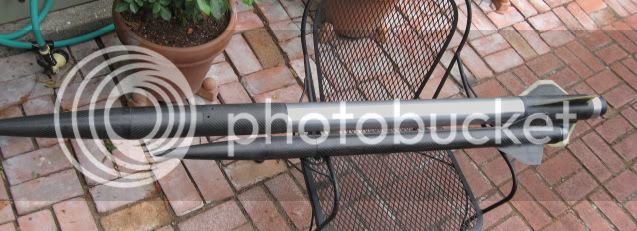TomSmith58
Well-Known Member
- Joined
- Dec 15, 2013
- Messages
- 348
- Reaction score
- 2
I am kicking around ideas for my first scratch built. I am looking at carbon, fiberglass, and various organic formulations like Blue Tube and Magna Frame. For nose cones I am looking at various plastics as well as carbon and fiberglass.
I have asked vendors for the weights of their carbon parts but I am not receiving a response. I don't know how they compare with fiberglass but I assume they are lighter. By how much?
I am looking at 29,38 and 54mm.
My question to the group is what materials do you think are needed for Mach 2 and for Mach 3 flight.
As I build rockets in Rocksim and fiddle with the weight I see that I must have a light rocket to reach Mach 3.
Sent from my iPhone using Rocketry Forum
I have asked vendors for the weights of their carbon parts but I am not receiving a response. I don't know how they compare with fiberglass but I assume they are lighter. By how much?
I am looking at 29,38 and 54mm.
My question to the group is what materials do you think are needed for Mach 2 and for Mach 3 flight.
As I build rockets in Rocksim and fiddle with the weight I see that I must have a light rocket to reach Mach 3.
Sent from my iPhone using Rocketry Forum







